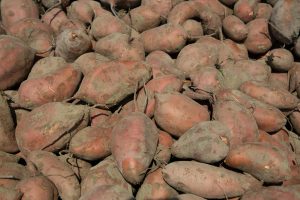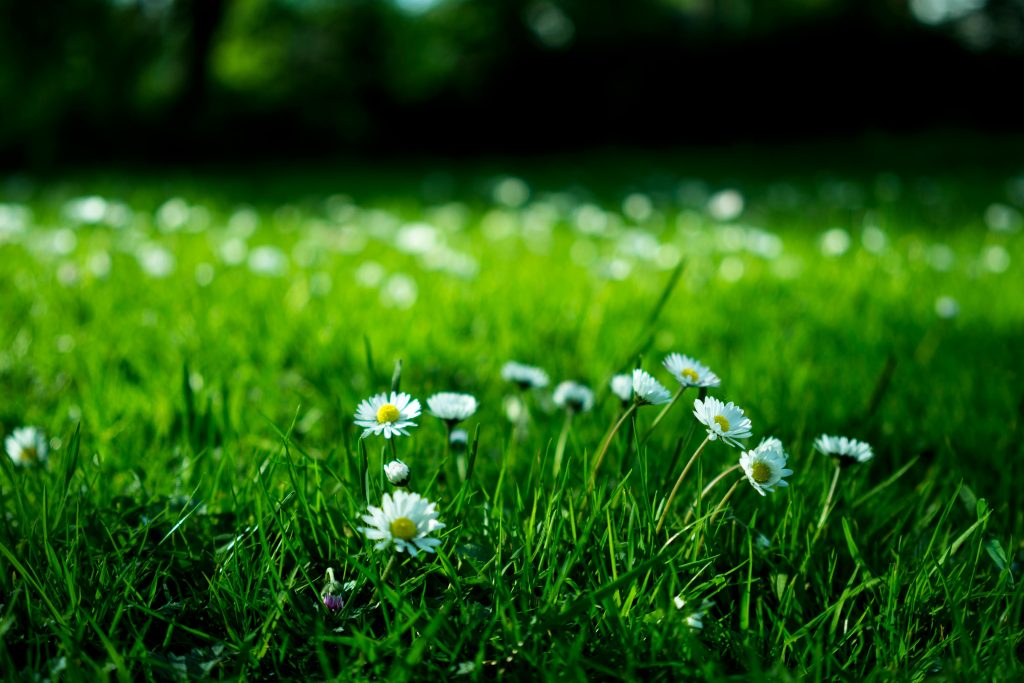
Gypsum for Root Crops: Preventing Cracking and Improving Shape
Root crops are among the most reliable and versatile vegetables grown in fall gardens. Carrots, beets, radishes, potatoes, and turnips are staples for both commercial

Drought can quickly turn even the most carefully managed garden or lawn into a stressed, struggling space. But that doesn’t mean you should stop fertilizing entirely. In fact, the right kind of fertilizer—applied strategically—can help your plants survive and even thrive under water-restricted conditions.
In this guide, we’ll explain how drought impacts soil and nutrient availability, what fertilizers work best during water stress, and how to apply them effectively. With help from the trusted team at Supply Solutions LLC, you can keep your plants fed without wasting precious moisture.
When water is scarce, soil biology changes. Microbial activity slows, roots retreat, and nutrient uptake becomes more difficult. Adding fertilizer without addressing moisture can actually do more harm than good—causing fertilizer salts to accumulate and burn roots.
That’s why successful summer fertilization in drought hinges on:
2. 10-10-10 Liquid Fertilizer with Micronutrients
In drought, visual changes may be subtle. Watch for:
If plants worsen, pause feeding until rain or irrigation resumes.
Drought doesn’t mean your garden or landscape is doomed—it just means you need to be smarter about how you nourish it. Strategic fertilization using high-quality, moisture-conscious products can keep your plants resilient until better conditions return.
Need expert advice on how to manage fertilization during a drought in your region?
Call 503-451-1622
Email sales@mysolutionssupply.com
Use our Contact Form
Message us on Facebook
Let Supply Solutions LLC help you keep your plants thriving—rain or shine.

Root crops are among the most reliable and versatile vegetables grown in fall gardens. Carrots, beets, radishes, potatoes, and turnips are staples for both commercial

Pumpkins are a symbol of autumn. From carving jack-o’-lanterns for Halloween to baking pies for Thanksgiving, they dominate both markets and households throughout October and
Give us a call or visit our store, and we’ll help you find the right solution for your business.
© Supply Solutions LLC 2025